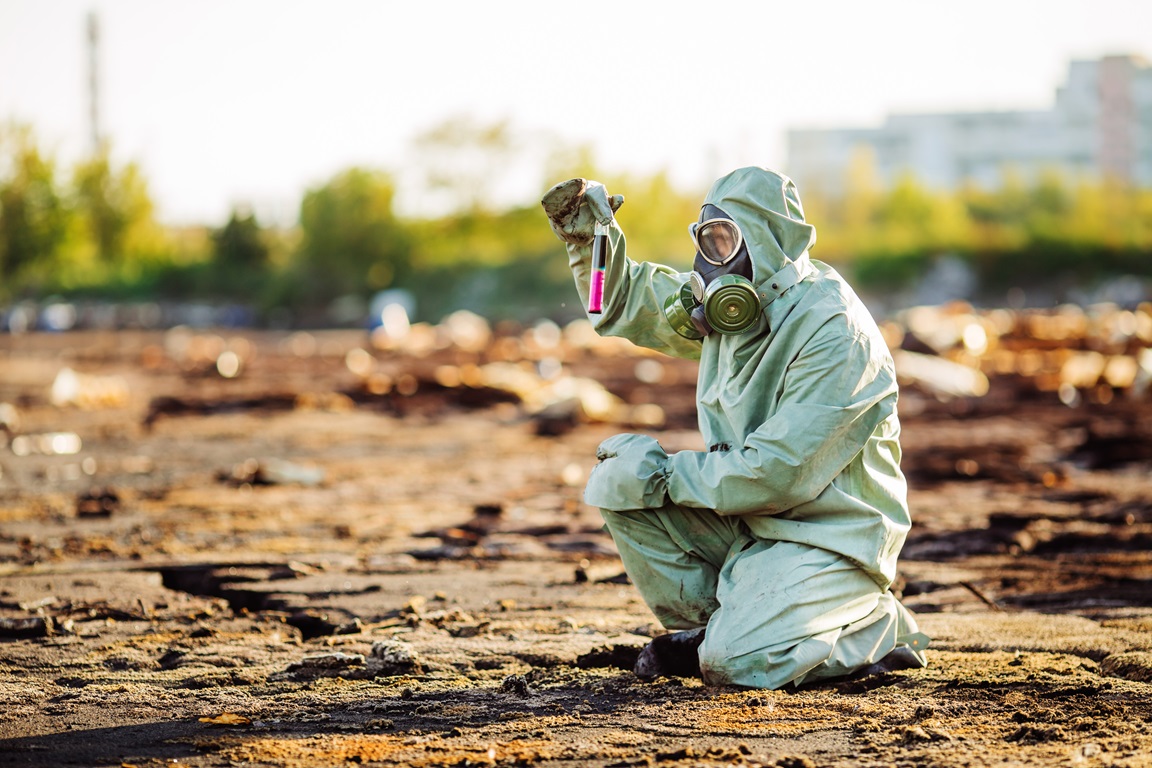Bracing for Impact: Navigating the Inevitability of the Next Global Pandemic
As the dust settles on the tumultuous landscape left in the wake of COVID-19, the world breathes a collective, albeit tentative, sigh of relief. However, the echoes of empty supermarket aisles, the stark solitude of lockdowns, and the relentless toll on mental and physical health serve as harbingers of what could come again. The question is not if, but when the next global pandemic will strike. In “Bracing for Impact: Navigating the Inevitability of the Next Global Pandemic,” we delve into the critical lessons from our recent past to prepare individuals and families for the future’s uncertainties.
The Unforgiving Cycle of History
Historically, pandemics have been recurrent nightmares, each unique yet devastating in their impact. The Spanish Flu, H1N1,
and COVID-19 are stark reminders of our perpetual vulnerability to viral threats. These crises have shaped human civilization, prompting advancements in medicine and public health yet continuously testing our resilience.
The Harsh Realities We Faced
The COVID-19 pandemic unearthed vulnerabilities in our societies and personal lives. Grocery shelves emptied as panic buying ensued, revealing the fragility of our supply chains. The imposition of lockdowns and social distancing measures, though necessary, led to unprecedented levels of isolation, exacerbating mental health issues and placing immense strain on familial relationships. Economic downturns led to job losses, financial instability, and a palpable sense of despair.
Beyond Basic Preparedness
The traditional narrative on pandemic preparedness often focuses on stockpiling essentials and maintaining personal hygiene. While these steps are vital, they barely scratch the surface of what true preparedness entails, especially considering the breadth of challenges experienced during the last pandemic. Here, we explore comprehensive strategies to ensure individuals and families are better equipped for the next global health crisis.
Embracing Emotional Resilience
Mental health became a crisis within a crisis during the COVID-19 pandemic. Building emotional resilience is paramount, involving strategies to cope with stress, anxiety, and isolation. This can include establishing routines, seeking virtual support groups, and exploring mindfulness and relaxation techniques. Encouraging open communication within families and communities fosters a support network that can withstand the pressures of a pandemic.
Financial Stability and Diversification
The economic impact of a pandemic can be as devastating as its health consequences. Developing a financial safety net, diversifying income streams, and learning basic economic management skills can provide a buffer against the shockwaves. Encouraging savings, exploring remote work options, and investing in skills development can enhance financial resilience.
Get a FREE Subscription to PREPARE Magazine
Reinventing Community and Connection
The isolation experienced during lockdowns highlighted the importance of community and social connections. Leveraging technology to maintain relationships and establish new forms of community engagement can mitigate feelings of loneliness. Virtual clubs, online learning communities, and social media platforms can serve as lifelines during times of physical separation.
Strategic Stockpiling and Local Sourcing
While stockpiling is a common response to impending crises, strategic approaches to storing essentials can prevent shortages and ensure equitable access. This involves not just hoarding non-perishable foods and toiletries but also understanding the logistics of supply chains. Supporting local producers and exploring home gardening can reduce reliance on overwhelmed supermarket chains.
Health Literacy and Self-Care
A well-informed public is a resilient public. Enhancing health literacy—understanding how viruses transmit, the importance of vaccines, and basic first aid—can empower individuals to make informed decisions. Promoting a culture of health and wellness, including regular exercise, balanced nutrition, and preventive healthcare, strengthens communal immunity.
The Path Forward
As we stand at the precipice of future uncertainties, the lessons from our recent past illuminate the path forward. Preparing for the next pandemic transcends physical necessities, touching on the need for emotional strength, financial prudence, and community solidarity. By adopting a holistic approach to preparedness, we can aspire not just to survive the next global health crisis but to emerge from it with our humanity and collective spirit intact.
In conclusion, the inevitability of another global pandemic is a stark reality we must confront with wisdom, foresight, and unity. “Bracing for Impact” is not merely a call to action; it is a blueprint for building a future where individuals and families are equipped to face pandemics with resilience, adaptability, and compassion. Let us harness the lessons of our shared ordeal to foster a world prepared not just in resources, but in heart and spirit, for whatever challenges lie ahead.









